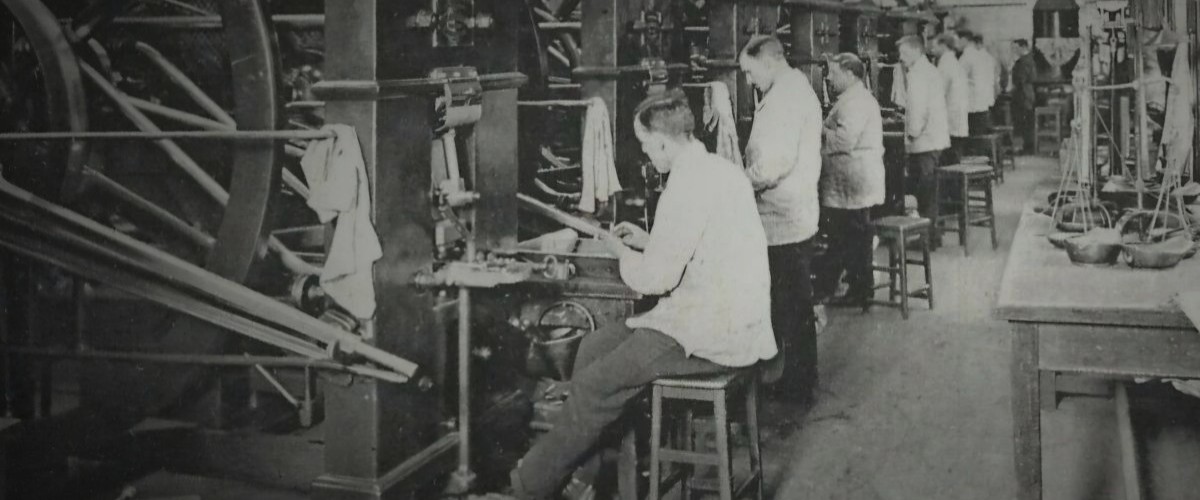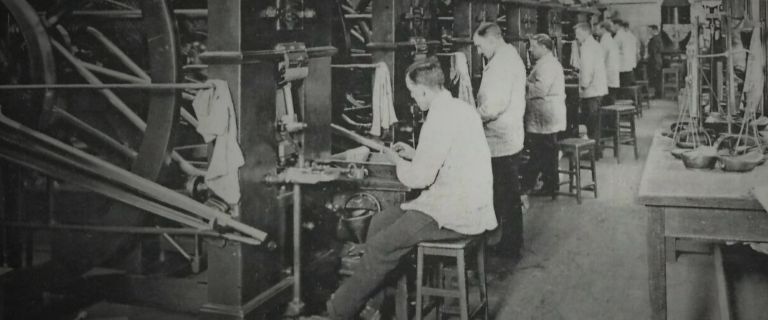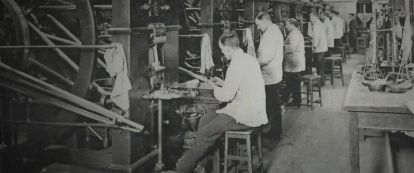
Drawing on decades of expertise, we offer high-resolution digitisation of historic paper documents using specialist equipment tailored to archival standards. Our digitisation services convert physical records into digital formats to preserve, protect, and improve access to historical information. These services are typically used by archives, libraries, museums, universities, government institutions, businesses, and private collectors.
Would you like help creating a proposal or plan for digitising a specific collection? Please contact us for more information.

Drawing on decades of expertise, we offer high-resolution digitisation of historic paper documents using specialist equipment tailored to archival standards. Our digitisation services convert physical records into digital formats to preserve, protect, and improve access to historical information. These services are typically used by archives, libraries, museums, universities, government institutions, businesses, and private collectors.
Would you like help creating a proposal or plan for digitising a specific collection? Please contact us for more information.

Drawing on decades of expertise, we offer high-resolution digitisation of historic paper documents using specialist equipment tailored to archival standards. Our digitisation services convert physical records into digital formats to preserve, protect, and improve access to historical information. These services are typically used by archives, libraries, museums, universities, government institutions, businesses, and private collectors.
Would you like help creating a proposal or plan for digitising a specific collection? Please contact us for more information.